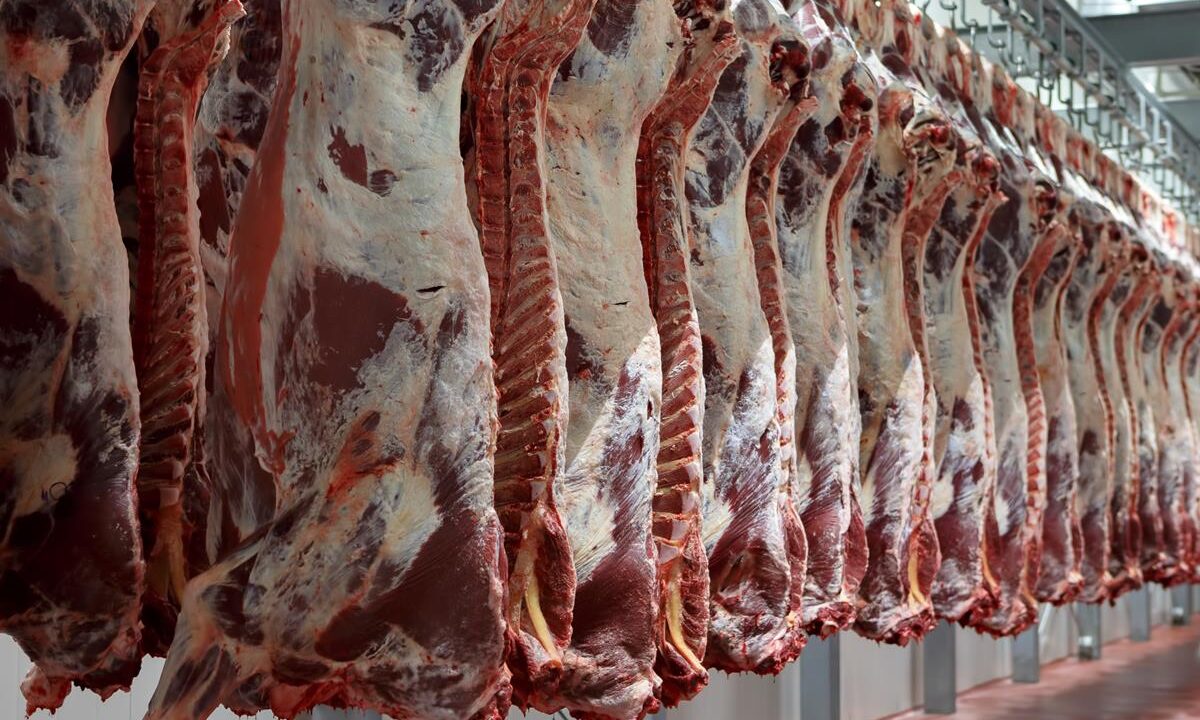UK beef import volumes from Brazil, Australia and New Zealand have “significantly increased” this year.
According to a recent beef market outlook report from the Agricultural and Horticultural Development board (AHDB), Ireland remains the UK’s “major beef supplier” but volumes of Irish beef exported to the UK have declined for the year-to-date.
“This has been driven by a combination of lower Irish supplies and a narrowing of the price differential between British and Irish beef,” according to the AHDB.
UK beef imports
As supplies of beef being imported from Ireland have fallen, increasing volumes of UK beef imports from minority suppliers are filling this deficit.
The AHDB report highlighted that UK beef import volumes “have significantly increased from Brazil, Australia and New Zealand”.
These markets combined still account for less than 10% of total UK import volumes.
This trend of reduced volumes from Ireland but greater volumes from minority suppliers is expected to persist for the rest of the year.
From January to May 2025, the UK imported 127,500t of beef, including fresh, frozen, processed and offal products.
This value is 1% higher than for the same period of 2024. However, from March to May 2024, UK import volumes of beef were around 10% higher year-on-year.
UK cattle supplies
Looking at UK cattle supplies, in the first half of this year, the UK prime cattle kill was down 3% on the same period in 2024.
The greatest decline was in the in steer kill, which was down 5% in the first half of 2025 versus 2024 figures, and both the heifer and young bull kill fell by smaller magnitudes.
Similar to Ireland, the overall UK beef kill in the first half of 2025 was higher than originally forecast at the start of the year, with “high prices at the farmgate incentivising increased numbers”.
A revision to the Northern Ireland cattle population figure will have increased available supply in the pipeline, according to the advisory body.
AHDB expects that the greatest annual reduction in UK cattle supplies will be seen in Q3 and Q4 of 2025, but emphasised that factors such as higher cull rates or, alternatively, higher heifer retention could impact this forecast.

